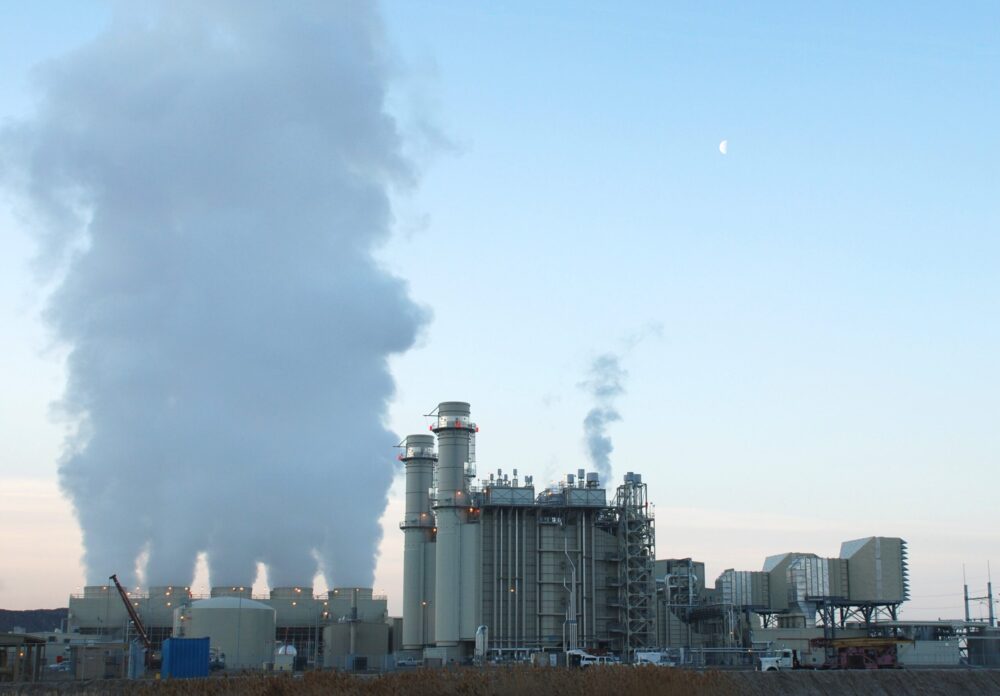
The latest EU Methane Strategy “sets the right sequence” in the efforts towards tackling the mitigation challenges ahead, says the International Association of Oil and Gas Producers (IOGP).
The European Commission presented the strategy today (14 October) to reduce methane emissions – the second biggest contributor to climate change, after carbon dioxide.
Research by the UN’s Intergovernmental Panel on Climate Change (IPCC) states that methane, the largest component of natural gas, is about 25 times more powerful than carbon dioxide at warming the Earth’s atmosphere, on a 100-year timescale.
The bloc views tackling methane emissions as an “essential” part of reaching its 2030 climate targets and the 2050 climate neutrality goal, as well as contributing to the Commission’s zero-pollution ambition.
IOGP supports “cost-effective and efficient regulation” proposed in EU Methane Strategy
The IOGP, which is the global oil and gas industry trade association, said it supports the development of “cost-effective and efficient regulation” to address methane emissions across all involved sectors of the economy.
François-Régis Mouton, IOGP’s regional director of Europe, said: “Our industry has been an early mover on methane mitigation – a number of voluntary, large-scale industry initiatives are delivering measurable results.
“But to succeed across the economy we need the participation of the full gas value chain and that of all other emitting sectors. We look forward to sharing the experience we have gathered over the years to help reduce methane emissions.”
Mouton said the policy framework to be developed over the coming years needs to take into account the fact that technology to accurately measure methane is – despite some recent progress – in the “development stage” and that the available data is “sometimes inconsistent across regions”.
He added: “We fully agree on the need to prioritise data collection, monitoring, reporting and verification in the short term.
“These are the foundations for success, which we need to focus on right now. Using next year’s policy agenda to progress in that area across all relevant sectors will also help ensure consistency with the rest of Green Deal-related initiatives.”
EU Methane Strategy to cut emissions in Europe and internationally
The EU’s strategy is adopted as part of the European Green Deal and it sets out measures to not only cut methane emissions in Europe but also internationally.
It presents legislative and non-legislative actions in the energy, agriculture and waste sectors, which account for around 95% of methane emissions associated with human activity worldwide.
The Commission said it will work with the EU’s international partners and with industry to achieve emission reductions along the supply chain.

Frans Timmermans, executive vice-president for the Green Deal, said: “To become the first climate-neutral continent, the EU will have to cut all greenhouse gases.
“Methane is the second most powerful greenhouse gas and an important cause of air pollution.
“Our methane strategy ensures emissions cuts in all sectors, especially agriculture, energy, and waste.
“It also creates opportunities for rural areas to produce biogas from waste. The EU’s satellite technology will enable us to closely monitor emissions and help raise international standards.”
Improving the measurement and reporting of methane emissions a key priority
One of the main priorities under the bloc’s strategy is to improve the measurement and reporting of methane emissions.
The level of monitoring currently varies between sectors, amongst the 27 member states and across the international community.
In addition to EU-level measures to step up measurement, verification and reporting standards, the Commission said it will support the establishment of an “international methane emission observatory” in partnership with the UN’s Environment Programme, the Climate and Clean Air Coalition and the International Energy Agency.
It added that the EU’s Copernicus satellite programme will also improve surveillance and help to detect “global super-emitters” and identify major methane leaks.
Another step will be to improve the reporting of emissions from agriculture through better data collection, and by promoting opportunities to reduce emissions with support from the Common Agricultural Policy.
The bloc highlighted that the main focus will be on best practice sharing for innovative methane-reducing technologies, animal diets, and breeding management.
In the waste sector, the Commission said it will consider further action to “improve the management of landfill gas”, harnessing its potential for energy use while reducing emissions, and will review the relevant legislation on landfill in 2024.
It added that minimising the disposal of biodegradable waste in landfills is “crucial to avoid methane formation”.
The Commission plans to review the Effort Sharing Regulation, which aims to ensure EU-wide emissions are to be reduced by 30% by 2030 compared to 2005 levels.
It will also consider expanding the scope of the Industrial Emissions Directive – a policy that commits the bloc’s member states to control and reduce the impact of industrial emissions on the environment – to cover methane emitting sectors not yet included under its scope.






